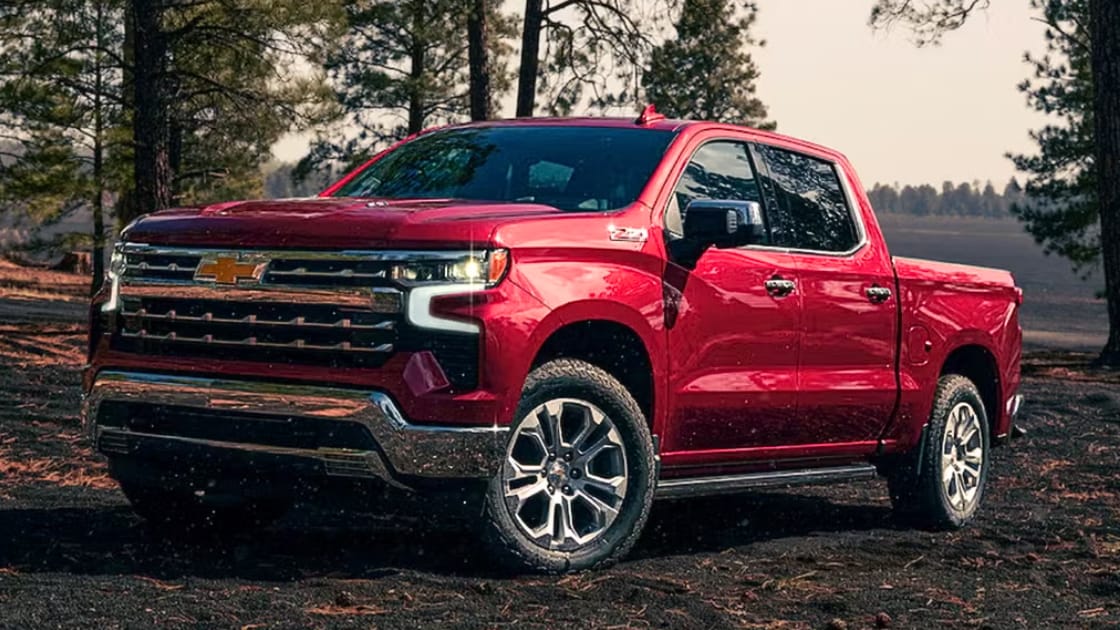Full-size, half-ton pickups are one of the biggest drivers of the new-vehicle market in the U.S.—with some clear leaders that have dominated the segment over the past decade.
First things first: While often missed in the conversation about sales, the impact of half-ton pickups extends well beyond the trucks, with the segment being tied to 15% of the U.S. new-vehicle market, according to an S&P Global Mobility report.
Full-size half-ton pickups accounted for 8.2% of the market share through the first eight months of 2025.
The platforms of the larger three-quarter and one-ton full-size pickups, which account for an additional 3.4% of the industry, are derived from the half-ton architectures.
Half-ton pickup architecture also provides the foundation for full-size utilities, which account for another 3.6% of the industry.
Profits for half-ton pickups are estimated to start at $10,000 per vehicle, with profits for the larger three-quarter and one-ton full-size pickups, as well as those for full-size utilities, being as high as $30,000 per vehicle.
What they’re saying: “If this combined market share were a stand-alone segment, it would be the second largest in the industry, trailing only compact utilities,” noted S&P Global’s Tom Libby, the author of the report.
OUTSMART THE CAR MARKET IN 5 MINUTES A WEEK
Get insights trusted by 55,000+ car dealers. Free, fast, and built for automotive leaders.
Why it matters: Half-ton pickups and their derivatives are the segment that pays for everything else on the showroom floor—store overhead, discounting on slower-moving models, and investment in EVs and new tech. For retailers, getting the right mix, trims, and incentives on these trucks isn’t just a segment strategy; it’s a core business strategy that drives traffic, trade-ins, F&I opportunity, and the overall health of the franchise.
Between the lines: The half-ton market and affiliated truck segments are anchored by some clear segment leaders, with brand loyalty playing a key role in sales.
The Ford F-Series and Chevrolet’s Silverado have been the leaders in the segment over the past decade—while the Ram’s position has deteriorated since mid-2022 and is just now beginning to improve, with the Toyota Tundra gaining share since 2022, but now plateauing.
The Ram 1500’s brand loyalty dropped from 49.5% in January 2020 to 31.9% this past August and has remained below 40% since February 2022—while brand loyalty for the Silverado 1500, F-150, and Tundra has consistently been in the 55–65% range during the same time period.
Bottom line: Half-ton pickups and their derivatives are the profit core of the U.S. new-vehicle business, and that money is increasingly concentrated around a few fiercely loyal nameplates. With F-Series, Silverado, and Tundra owners sticking at 55–65% loyalty while Ram has slid into the low 30s, the battle for this segment isn’t just about unit sales—it’s about defending a high-margin customer base that effectively funds the rest of the showroom.
A quick word from our partner
Reclaim Wrench Time with Pencilwrench
You don’t hire technicians to be writers. Yet their pay — and your reimbursement — depend on clear, accurate, OEM-specific repair stories. Pencilwrench by StoneEagle makes it simple:
Guided, point-and-click workflows
OEM-specific cause-and-correction phrasing
Warranty and “Problem Not Found” claims supported
Recall documentation that stands up to review
Save time, prevent denials, and keep revenue flowing.












